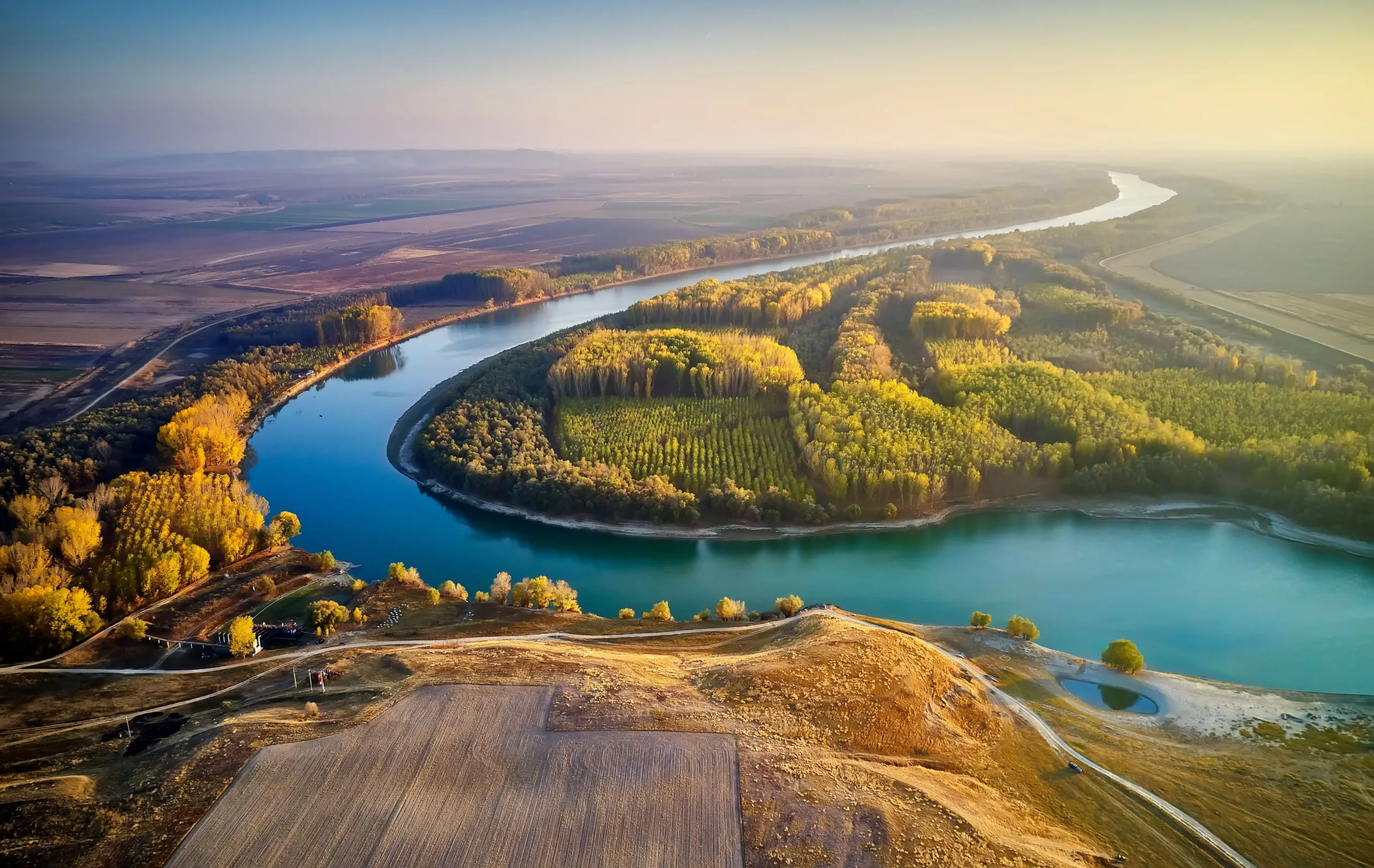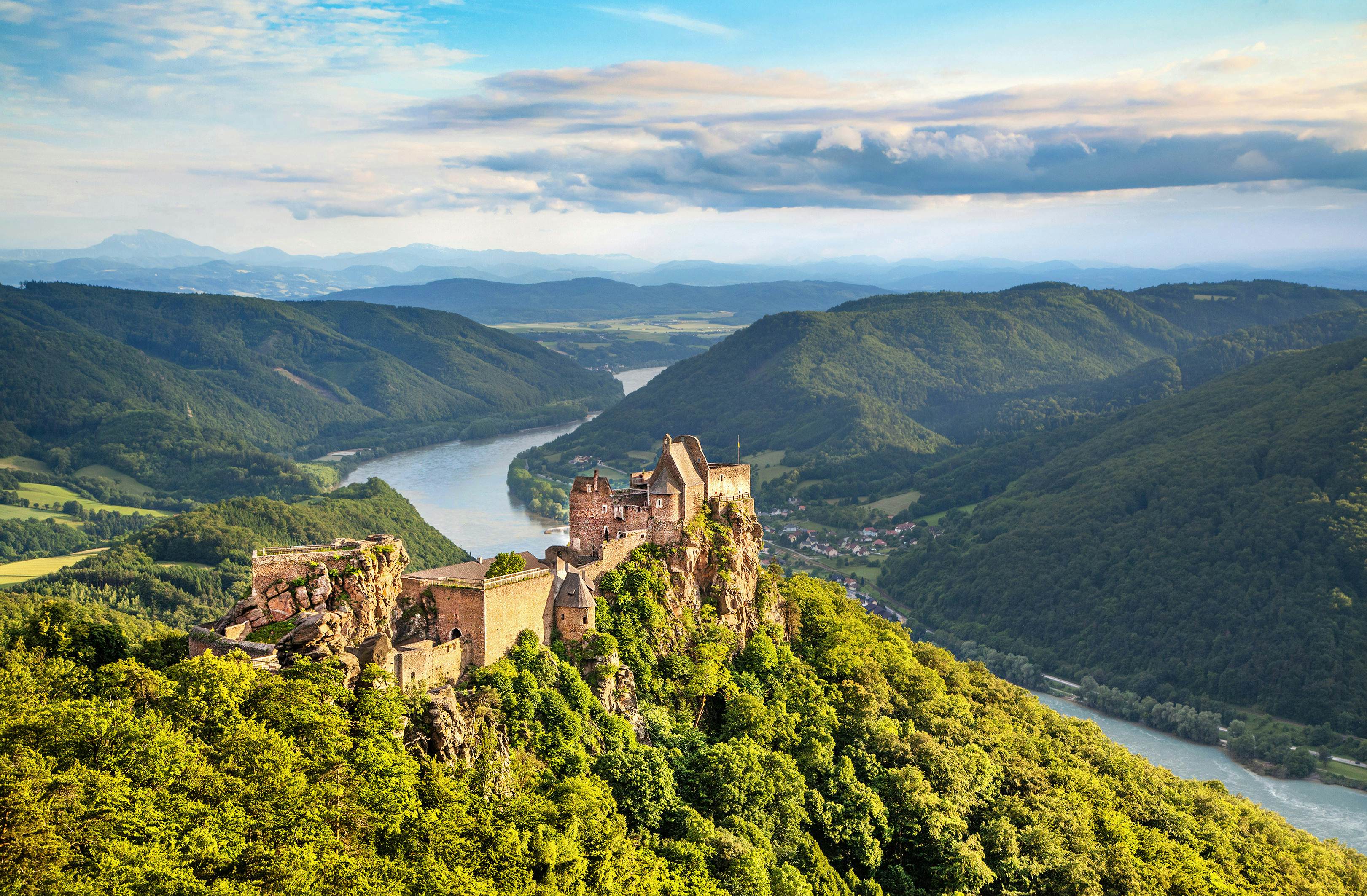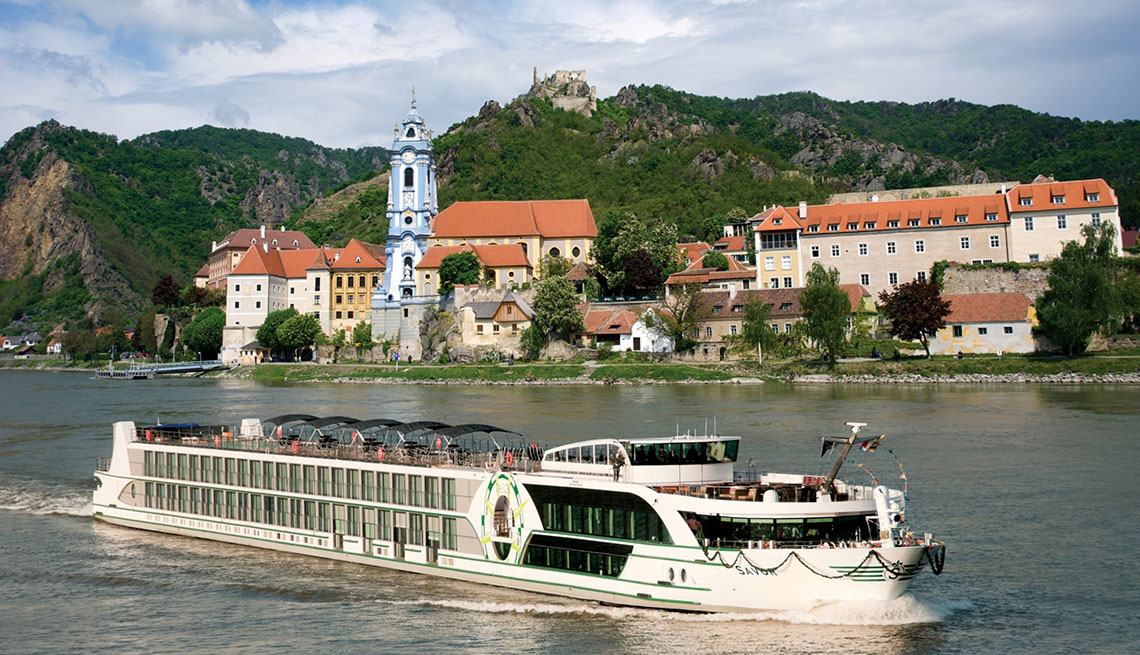Danube River in Budapest: History, Facts & Cultural Significance

Introduction: Budapest’s Lifeline — The Danube River
The Danube River flows majestically through Budapest, defining the city’s landscape and its very essence. It slices the city into two halves — Buda, with its rolling hills, and Pest, a flat, bustling urban area. More than a geographical marker, the Danube has shaped the social, cultural, and economic fabric of Budapest for centuries.
Each year, millions of residents and visitors are drawn to its shimmering waters and scenic banks. Whether you’re walking along its promenade, gazing from one of its iconic bridges, or enjoying a cruise, the Danube offers an ever-changing panorama of beauty and history.
The river’s presence is deeply woven into Budapest’s identity. It has witnessed the rise and fall of empires, survived wars, and become a stage for festivals and cultural events. Its role extends beyond geography; it is a source of inspiration, livelihood, and leisure for the city’s inhabitants.
Have you ever paused to feel the cool breeze off the river while watching the sunset paint Budapest’s skyline? If not, it’s time to discover how the Danube River Budapest shapes the city’s heartbeat every day.
Hydrology and Geography of the Danube in Budapest
Spanning 2,850 kilometers, the Danube is Europe’s second-longest river, beginning in Germany’s Black Forest and emptying into the Black Sea. Through Budapest, it flows a winding course of about 28 kilometers, broadening between 300 and 400 meters.
This stretch of the Danube is marked by a complex geography, featuring several islands, including the well-loved Margaret Island. Margaret Island is a vast green lung in the city center, with parks, running paths, and leisure facilities. The island’s lush vegetation contrasts with the urban environment, providing a refreshing escape.
Budapest’s two sides differ dramatically: Buda’s hills rise steeply from the riverbank, offering panoramic views, while Pest’s flat terrain accommodates the city’s commercial core. This topographical contrast influences the river’s flow and local weather patterns.
Seasonal shifts affect water levels — snowmelt in spring often leads to flooding risks, prompting city authorities to maintain extensive flood protection systems like levees, floodgates, and reservoirs. Tributaries such as the Rákos stream add to the hydrological mosaic.
The river’s strong currents support aquatic life despite urban pressures. Fish like carp, pike, and catfish populate the waters. Riverbanks and islands provide habitats for birds and native plants, creating rich biodiversity pockets within the city.
Budapest boasts several bridges spanning the Danube, each with its own story and architectural style. The Chain Bridge, completed in 1849, is a symbol of the city’s unity. Other crossings include the Liberty Bridge, known for its Art Nouveau design, and the modern Elisabeth Bridge. These bridges are vital arteries connecting Buda and Pest, carrying trams, cars, bicycles, and pedestrians.
The Danube’s Historical Role in Budapest’s Development
Budapest’s history is inseparable from the Danube. The Romans founded the settlement of Aquincum on the Buda side around the 1st century AD, using the river as a transport route and defensive line. Aquincum thrived as a military base and administrative center, marking one of the earliest urban footprints along the Danube.
During the Middle Ages, the river functioned as a trade highway. Merchants loaded goods onto barges and ships, transporting them along the Danube to other European centers. Customs houses and fortified castles lined the banks to protect commerce from invaders.
The Ottoman occupation (16th–17th centuries) left lasting cultural and architectural legacies along the river. Ottoman baths, some still functioning today, harnessed the thermal waters feeding into the Danube’s tributaries.
In the 19th century, the unification of Buda, Pest, and Óbuda solidified the Danube’s role as a central artery of urban life. The riverfronts were transformed with promenades, parks, and public buildings. This era saw the creation of iconic bridges and grand boulevards, shaping Budapest’s elegant riverside skyline.
The Danube also influenced daily life — fishermen plied its waters, ferryboats connected neighborhoods, and festivals were often held on its banks. Even today, the river’s history remains palpable, with old wharfs, historic monuments, and river-adjacent cultural venues.
The Danube During World War II and Its Aftermath
World War II dramatically impacted the Danube and Budapest. The river’s strategic importance made it a military target during battles. Key bridges, including the Chain Bridge and Liberty Bridge, were destroyed in 1945 by retreating German troops to slow advancing forces.
The Danube’s banks saw fierce fighting and civilian tragedies, including forced deportations and air raids. The river sometimes served as a grim backdrop for wartime horrors.
After the war, Budapest undertook massive reconstruction efforts. Restoring bridges and repairing riverside infrastructure symbolized the city’s resilience. The reopening of the bridges helped reconnect the city physically and socially.
Memorials along the Danube honor victims and heroes. The “Shoes on the Danube Bank” memorial is a powerful tribute to those who lost their lives during Nazi occupation.
The river’s calm surface today contrasts with its turbulent history but serves as a constant reminder of the city’s endurance.
Ecological Significance and Biodiversity Along the Danube
Despite urban pressures, the Danube maintains vital ecosystems within Budapest. Fish such as carp, pike, and catfish populate its waters, sustaining local fishermen and recreational anglers.
Birds including kingfishers, herons, and migratory species nest along quiet stretches. The riverbanks and islands serve as green corridors supporting flora and fauna.
The nearby Danube-Ipoly National Park protects wetlands, forests, and meadows near the city. It hosts rare plants and animals, emphasizing the importance of conservation efforts.
City authorities and NGOs collaborate to monitor water quality, combat pollution, and preserve natural habitats.
Residents and visitors often spot diverse wildlife during river walks or boating excursions, reminding all that nature thrives alongside urban life.
Economic and Cultural Importance of the Danube in Budapest
The Danube is a backbone of Budapest’s economy, facilitating freight and passenger transport. The city’s ports handle millions of tons of goods annually, connecting Hungary to wider European markets.
Tourism centers around the river. Millions embark on daytime or evening Danube river cruises, which reveal stunning views of historic architecture, bridges, and city lights.
Cultural festivals celebrating the river are annual highlights, drawing locals and tourists alike. Music, dance, and arts thrive on its promenades, where open-air concerts and markets create vibrant community spaces.
The Danube has inspired Hungarian artists and writers for centuries, reflecting its place in the city’s soul.
The riverside districts buzz with cafés, restaurants, and galleries, contributing to Budapest’s cosmopolitan atmosphere.
Seven Fascinating Facts About the Danube River in Budapest
- The Danube crosses ten countries, placing Budapest on a major European waterway.
- It is the continent’s second-longest river, stretching over 2,800 kilometers.
- Eight national parks lie along the Danube’s course, protecting diverse environments.
- The river’s role in WWII shaped military and civilian history around Budapest.
- Artists like Franz Liszt drew inspiration from the Danube’s beauty and flow.
- The river supplies millions with water, food, and energy resources.
- Budapest’s riverside hosts festivals that celebrate the river’s cultural legacy.
Danube River Map and Landmarks in Budapest
The Danube flows past Budapest’s signature landmarks. The Chain Bridge, built in 1849, symbolizes unity between Buda and Pest.
The Hungarian Parliament building sits prominently on the Pest side, overlooking the river with grandiose Gothic Revival style.
Margaret Island, an island in the middle of the river, offers parks, gardens, and recreational spaces.
On Gellért Hill stands the Liberty Statue, a monumental tribute visible from many points along the river.
The historic Buda Castle and the picturesque Fisherman’s Bastion offer panoramic river views and architectural splendor.
Danube River Cruises and Tours from Budapest
Experiencing Budapest from the water is a must. Options include short sightseeing tours or elegant dinner cruises offering fine dining and live music.
Some cruises offer narrated histories of the city’s landmarks. Others focus on romance or lively party atmospheres.
Booking early is recommended, especially for sunset tours which showcase the city’s dazzling lights reflected in the river.
These cruises provide a relaxing way to see Budapest while supporting the local tourism economy.
Exploring the Danube — Activities and Experiences in Budapest
The Danube invites exploration beyond cruises. Long promenades on both banks are perfect for walking or cycling.
Water sports such as kayaking and paddle boating provide active ways to enjoy the river.
Riverside cafés and bars welcome visitors with local cuisine and drinks, ideal after a day exploring.
Annual festivals like the Danube Carnival animate the waterfront with music, food stalls, and performances.
For those seeking guided experiences, walking tours along the river offer insights into Budapest’s history and culture.
Ready to Explore the Danube Yourself? Practical Information
The best time to explore the Danube is from late spring to early autumn when weather is mild.
Budapest’s efficient public transit, including trams and buses, serves major river access points.
Most riverside attractions are within walking distance, ideal for leisurely discovery.
Stay alert near water edges for safety, especially with children.
Respect the environment and cultural sites to preserve the river’s legacy.
Official tourism websites provide schedules and ticketing for cruises and events.
Conclusion: Embracing the Danube’s Enduring Legacy
The Danube is the lifeblood of Budapest, shaping its landscape, culture, and history. From ancient settlements to modern-day urban life, the river remains central to the city’s identity.
Its waters connect people, inspire creativity, and sustain ecosystems.
When you next stroll by the Danube, remember: this is no ordinary river. It is the pulse of Budapest.






